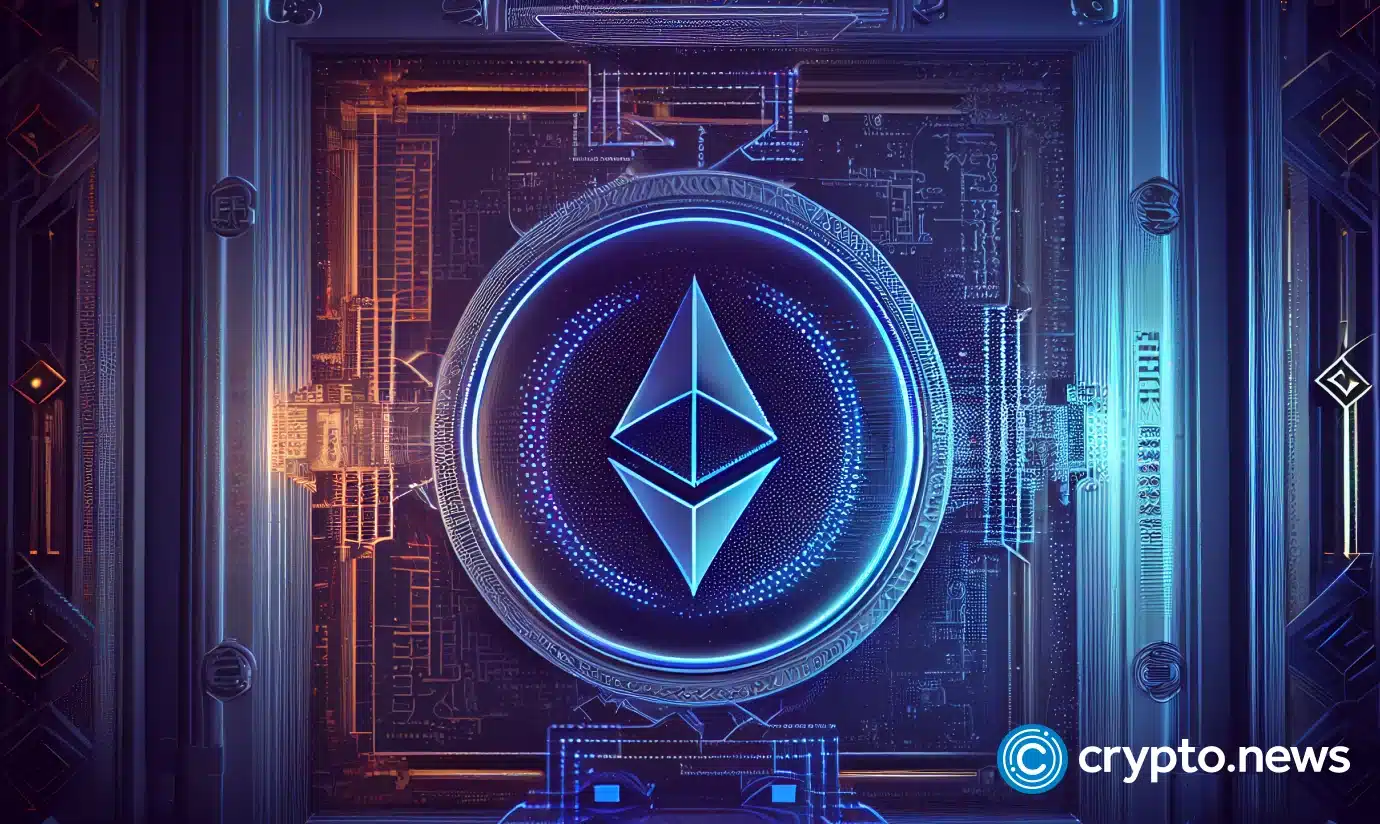Gate Unleashes Revolutionary Layer 2 Network with Groundbreaking GT Tokenomics Overhaul

Gate shatters scaling barriers with its proprietary Layer 2 solution—slashing transaction costs while turbocharging throughput. The network launches alongside a complete GT token economic restructuring that reshapes value distribution.
Tokenomics Reimagined
GT holders gain unprecedented utility through revamped staking mechanisms and fee-sharing architecture. The update introduces deflationary burns that systematically reduce supply—creating scarcity dynamics that could propel token valuation.
Infrastructure Breakthrough
This isn't just another scaling pretender. Gate's L2 achieves genuine interoperability while maintaining security guarantees that put legacy financial infrastructure to shame. The architecture bypasses Ethereum's congestion issues without compromising decentralization.
Market Impact
Early stress tests show transaction finality under two seconds—faster than most traditional settlement systems. The timing couldn't be more strategic as crypto faces renewed institutional scrutiny. Because nothing says 'financial revolution' like rebuilding the exact same plumbing with different buzzwords.
Gate's move signals a broader industry shift toward vertically integrated exchange ecosystems. While bankers debate blockchain adoption, crypto natives are busy constructing the actual infrastructure.
Gate Layer targets speed and lower costs
The Gate Layer, which is completely compatible with the ethereum Virtual Machine, is built on the OP (OP) Stack and secured by GateChain as the settlement layer. As a result, developers can easily migrate current applications, and users can use familiar tools like MetaMask to interact with decentralized apps.
Gate claims that the network can process more than 5,700 transactions per second with block times of 1 second, which is significantly faster than the majority of layer 1 chains. Costs are a top concern as well. Processing 1 million transfers would cost less than $30 on Gate Layer, compared to about $700 on Base and over $1,000 on solana (SOL).
Cross-chain interoperability is added by integration with LayerZero, allowing assets to be moved directly between Ethereum, Polygon, BNB Chain, and Solana.
GT token gains expanded utility
Alongside the network launch, Gate is expanding the role of its native GT token. GT will serve as the exclusive gas token across Gate Layer, covering all activity from transactions to smart contract deployment and NFT minting.
The token will also continue under a dual deflationary model. This includes quarterly scheduled burns tied to platform performance and automatic on-chain burning of transaction base fees under the EIP-1559 model. To date, more than 180 million GT, over 60% of its original supply, has been permanently removed from circulation.
GateChain upgrade and broader push into web3
Supporting the rollout, GateChain has been upgraded to consensus version v1.20. The upgrade adds blob transaction support through EIP-4844, a Cancun-compatible EVM, and multiple efficiency improvements to developer tools and gas cost calculations.
The layer 2 launch marks the foundation of Gate’s “All in Web3” strategy. The company plans to roll out products that span the full spectrum of user activity, from trading and asset creation to meme token engagement.
Gate says the goal is to provide a low-cost, high-performance environment that brings decentralized applications closer to the experience of centralized platforms while keeping accessibility at the forefront.

